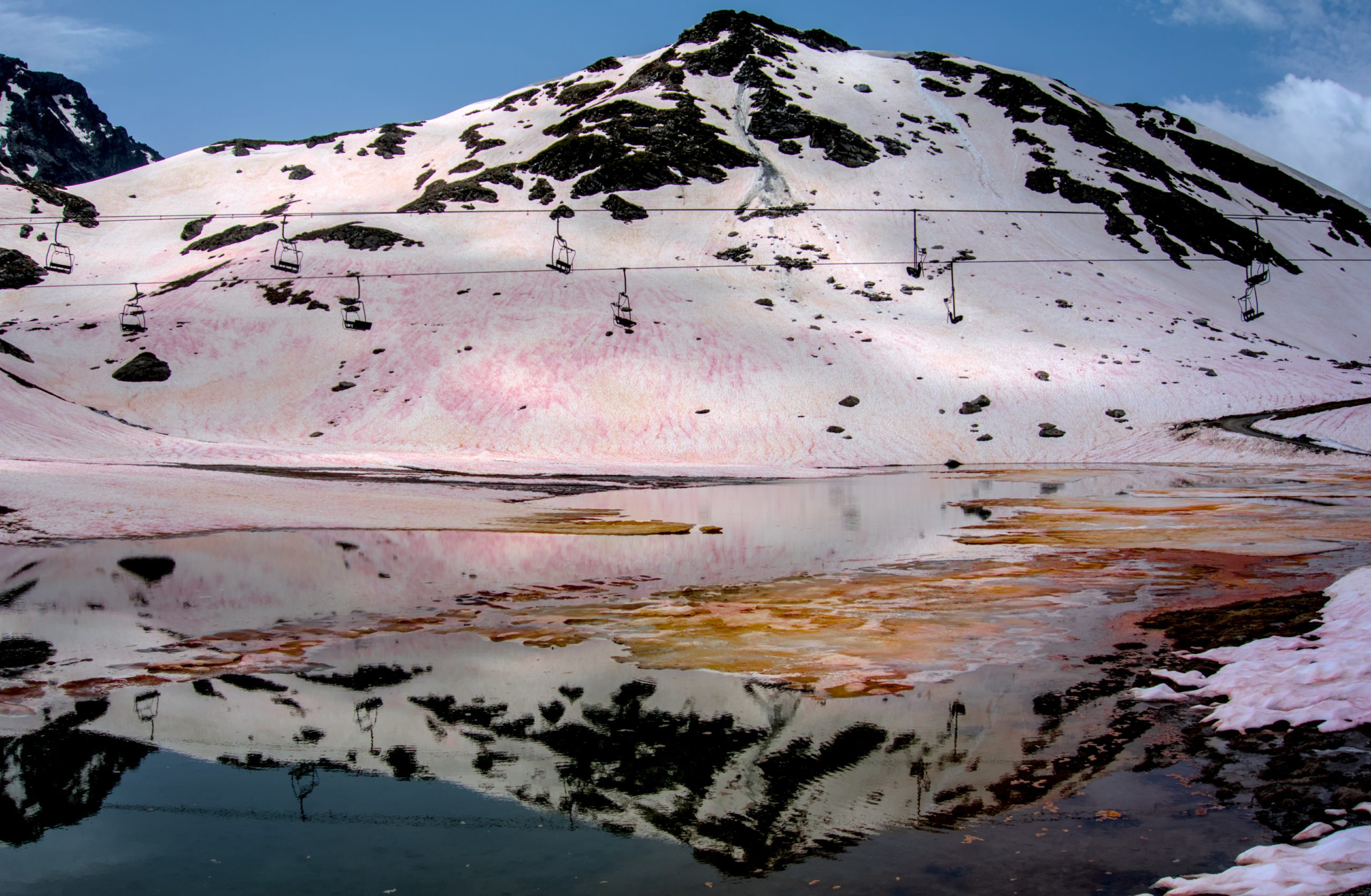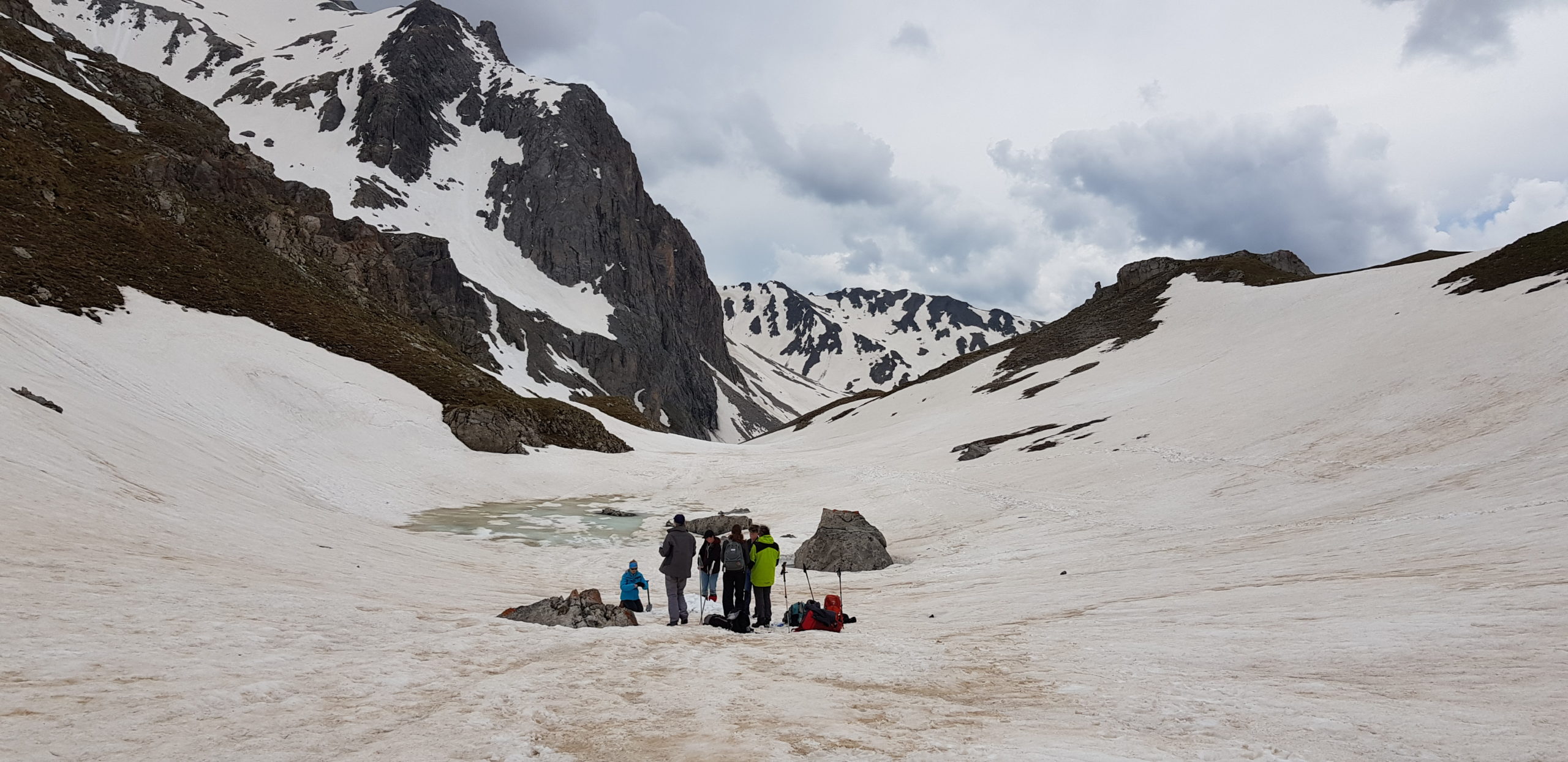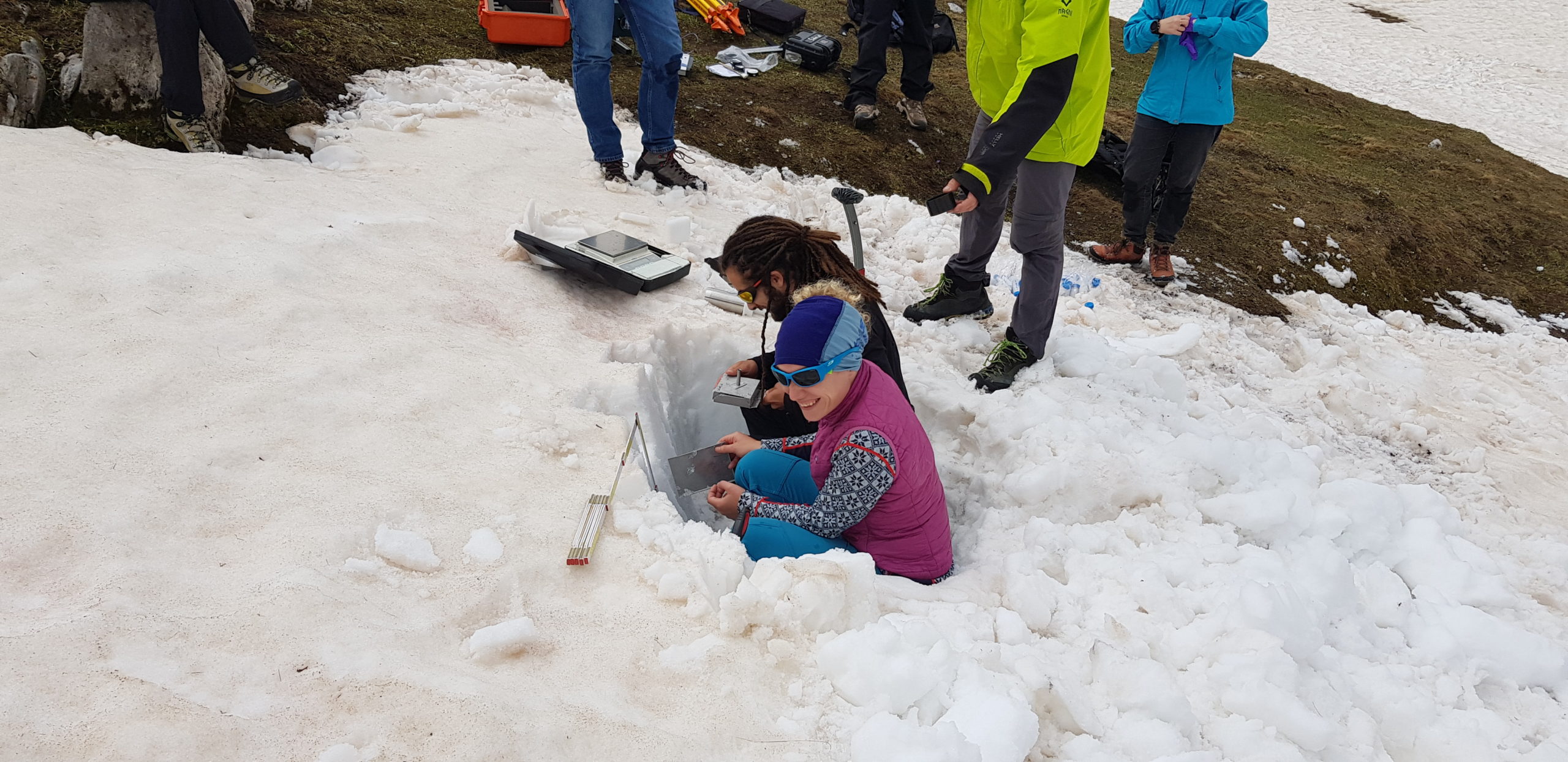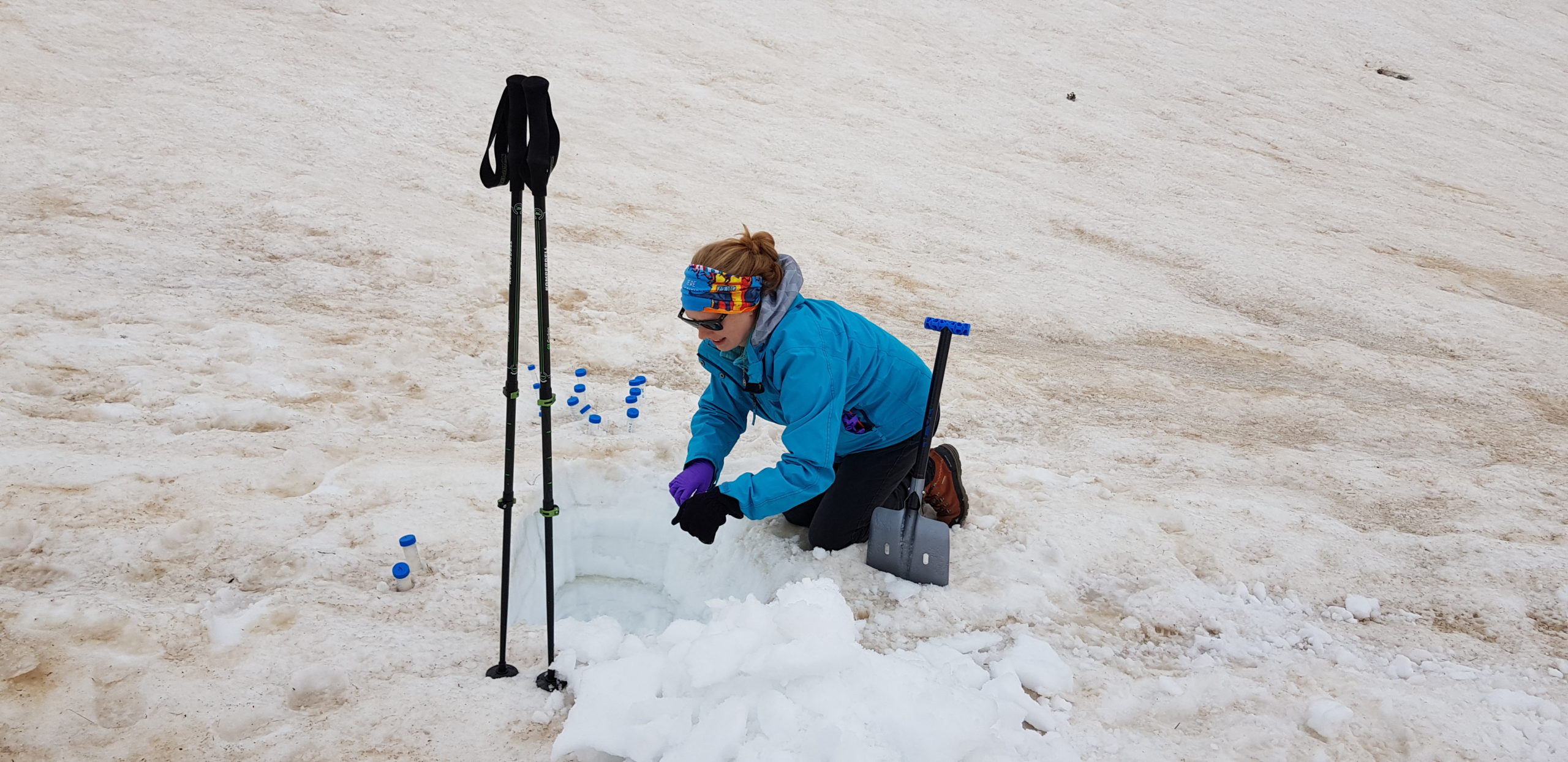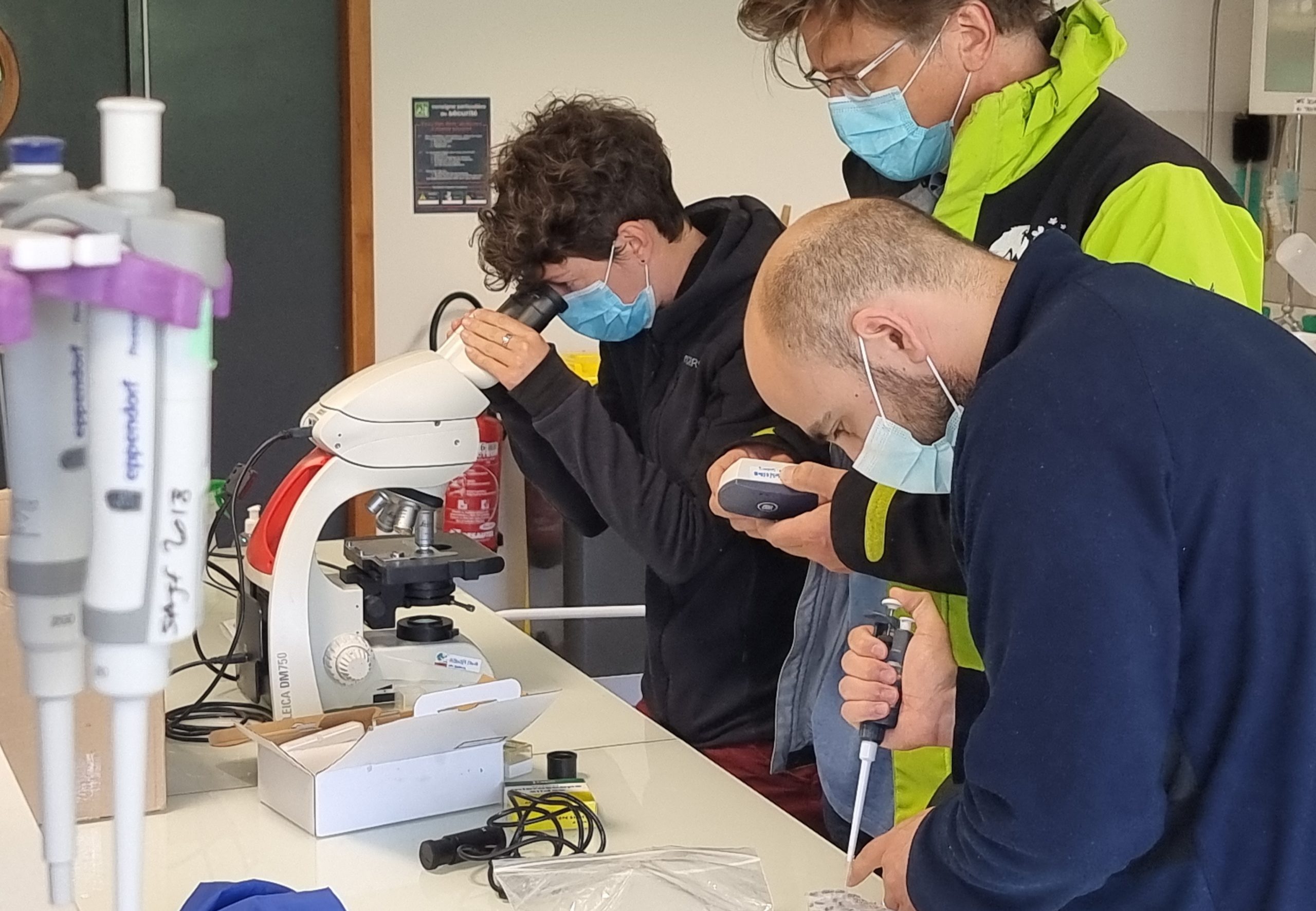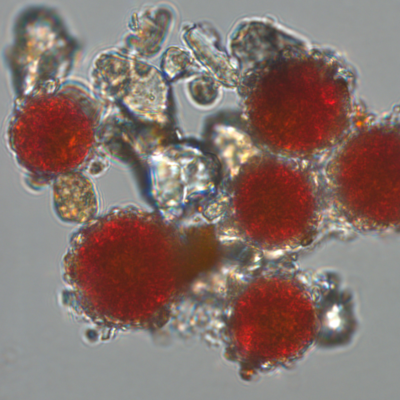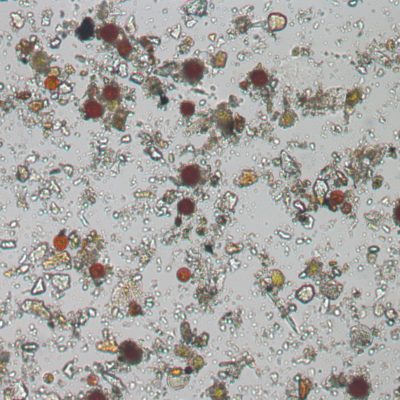
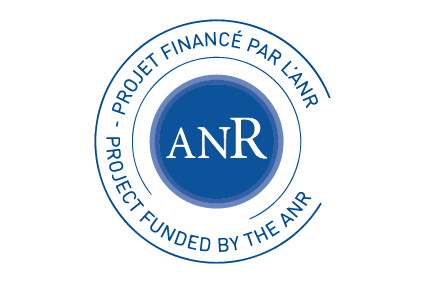








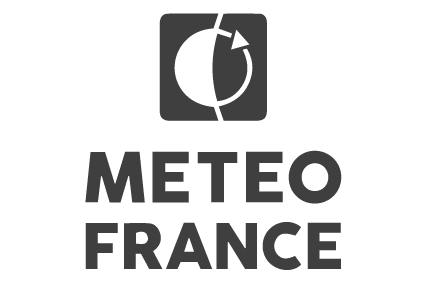


PARTNER INSTITUTIONS OF THE CONSORTIUM
Scientists from all disciplines

The Cell and Plant Physiology Laboratory
The Laboratory of Cellular and Plant Physiology (LPCV) carries out all the studies of microalgae collected in the natural environment, by isolating and cultivating them under laboratory conditions. The LPCV analyzes the genomes of new species and develops conservation strategies.
Access the LPCV website
The Lautaret garden
The Lautaret garden is present at the Lautaret pass at an altitude of 2,100 meters (Alpine botanical garden, Mirande chalet, Chalet-laboratory and Galerie de l'Alpe) and in Grenoble (Robert Ruffier-Lanche arboretum and greenhouses). It provides logistical and experimental support for all field campaigns.
Access the Jardin du Lautaret website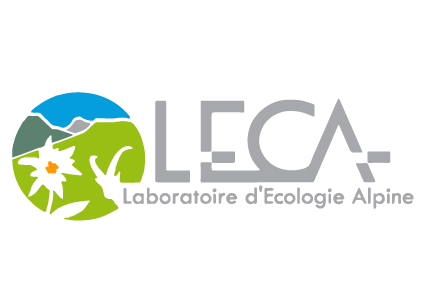
The Alpine Ecology Laboratory
The Alpine Ecology Laboratory (LECA) analyzes the DNA sequences contained in samples collected in nature. By using mathematical approaches, it identify DNAs that can be used as signatures or markers for the presence of microalgae, their biodiversity, their ecological structure.
Access the LECA website
The Snow Study Center
The Snow Study Center is part of the National Center for Meteorological Research. It seeks to understand the impact of the presence of microalgae and microorganisms on the structure and evolution of the snowpack at high altitudes.
Access the CEN website
The Institute of Environmental Geosciences
The Institute of Environmental Geosciences (IGE) studies the impact of global warming on the snowpack, and develops tools to measure the presence of pigmented microalgae.
Access the IGE website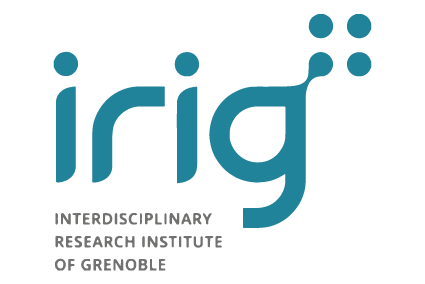
Grenoble Interdisciplinary Research Institute
The Grenoble Interdisciplinary Research Institute (IRIG) gathers ten research units, including the LPCV, and provides technological means (electronic imaging, analytical platforms) for the study of microalgae collected in the environment.
Access the IRIG website
Grenoble Observatory of Sciences of the Universe
The Grenoble Observatory for Sciences of the Universe (OSUG) is a research federation comprising fifteen research units and associated units, including the LECA, the IGE, the Centre d'Etude de la Neige and the Jardin du Lautaret.
Access the OSUG website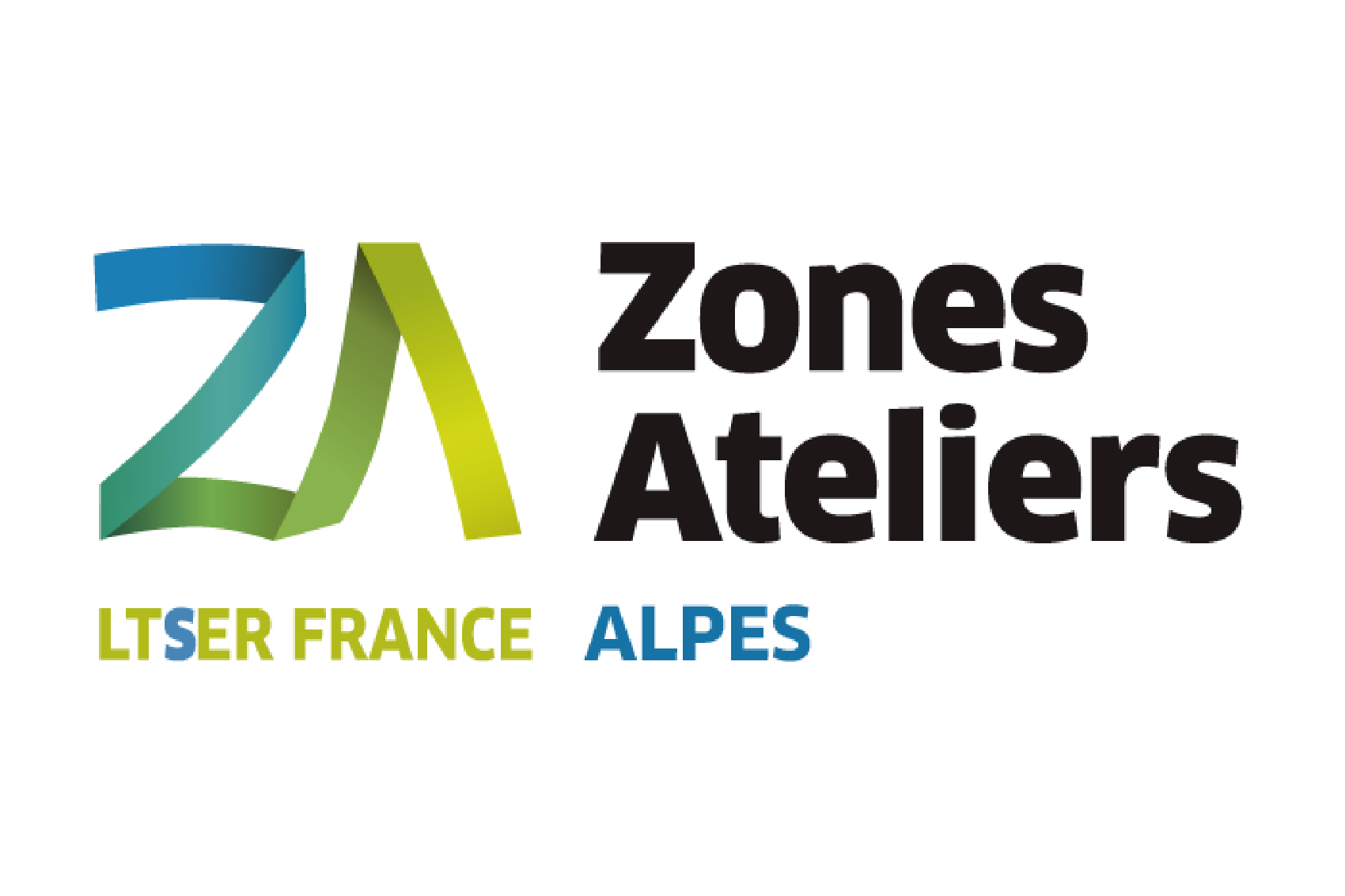
Long-term socio-ecological research
Le Lautaret is one of the European “Long-term socio-ecological research” (LTSER) sites for the study and preservation of biodiversity. A significant part of the field campaigns are carried out in this perimeter.
Access the LTSER website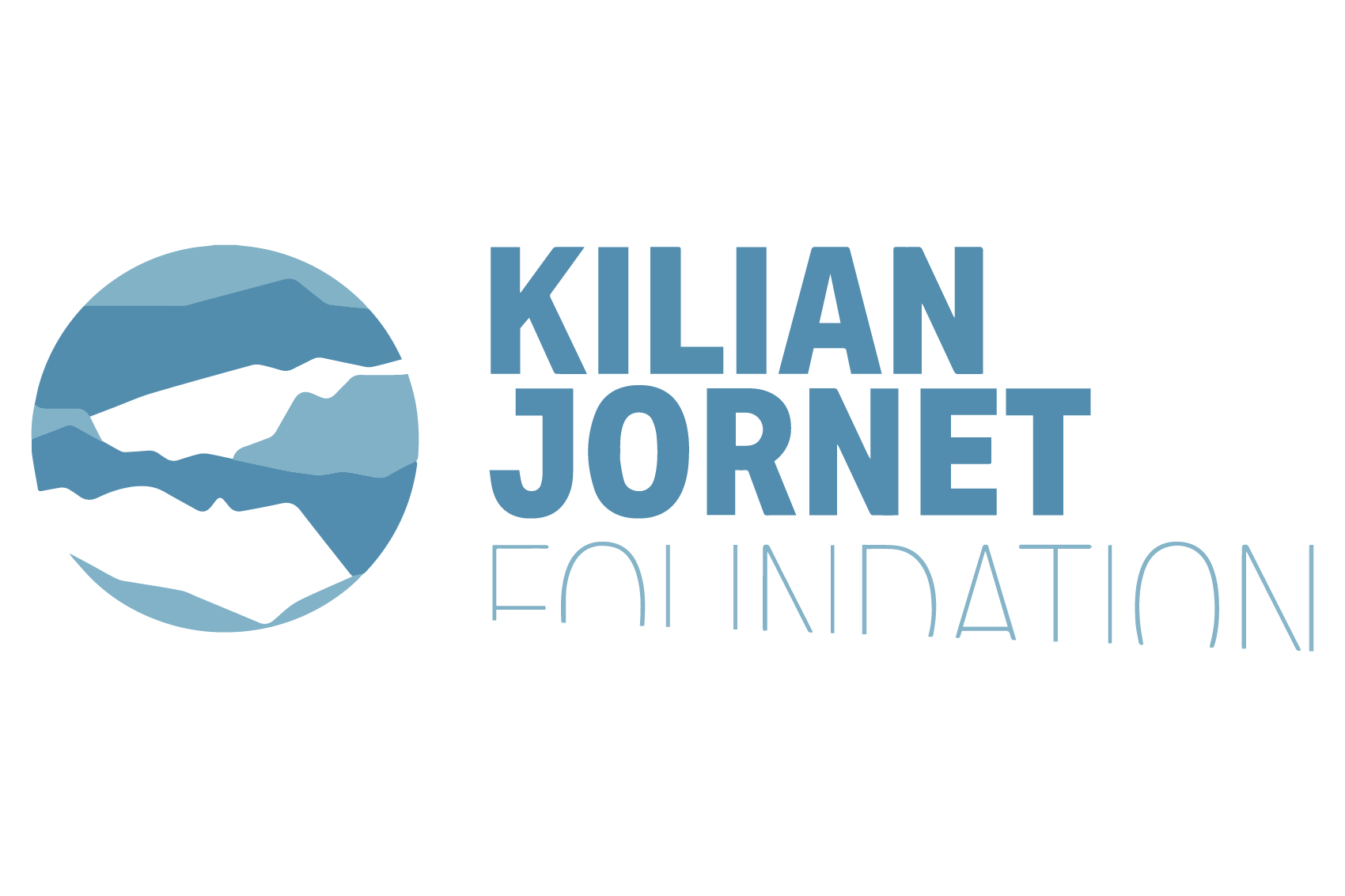
Kilian Jornet Foundation
The main mission of the Kilian Jornet Foundation is the preservation of mountains and their environment. Mountains have played an essential role in the sporting and personal growth of Kilian Jornet, which is why their preservation has become both a passion and a priority. The Kilian Jornet Foundation supports the ALPALGA program through two priority actions. On the one hand, it helps to disseminate science to the public and to children, in order to raise awareness of the fact that snow is alive and that this common good must be respected. On the other hand, the Kilian Jornet Foundation and its partners support research actions at the frontiers of knowledge, to explore this unknown ocean that inhabit the snow.
Greenlandia
Greenlandia is a French initiative designed to put the voice of communities on the front line of climate change back at the heart of the issue. Their main objective is to explore, understand, raise awareness and pass on the keys to adaptation to the younger generations and the general public. Greenlandia is built on three pillars of action: scientific, educational and documentary. This is why Alpalga is joining the 2023expedition called #missionmilneland, for a comparative study of snow microalgae at high altitudes, in the French Alps, and high latitudes, in the Scoresby Fjord in Greenland.



